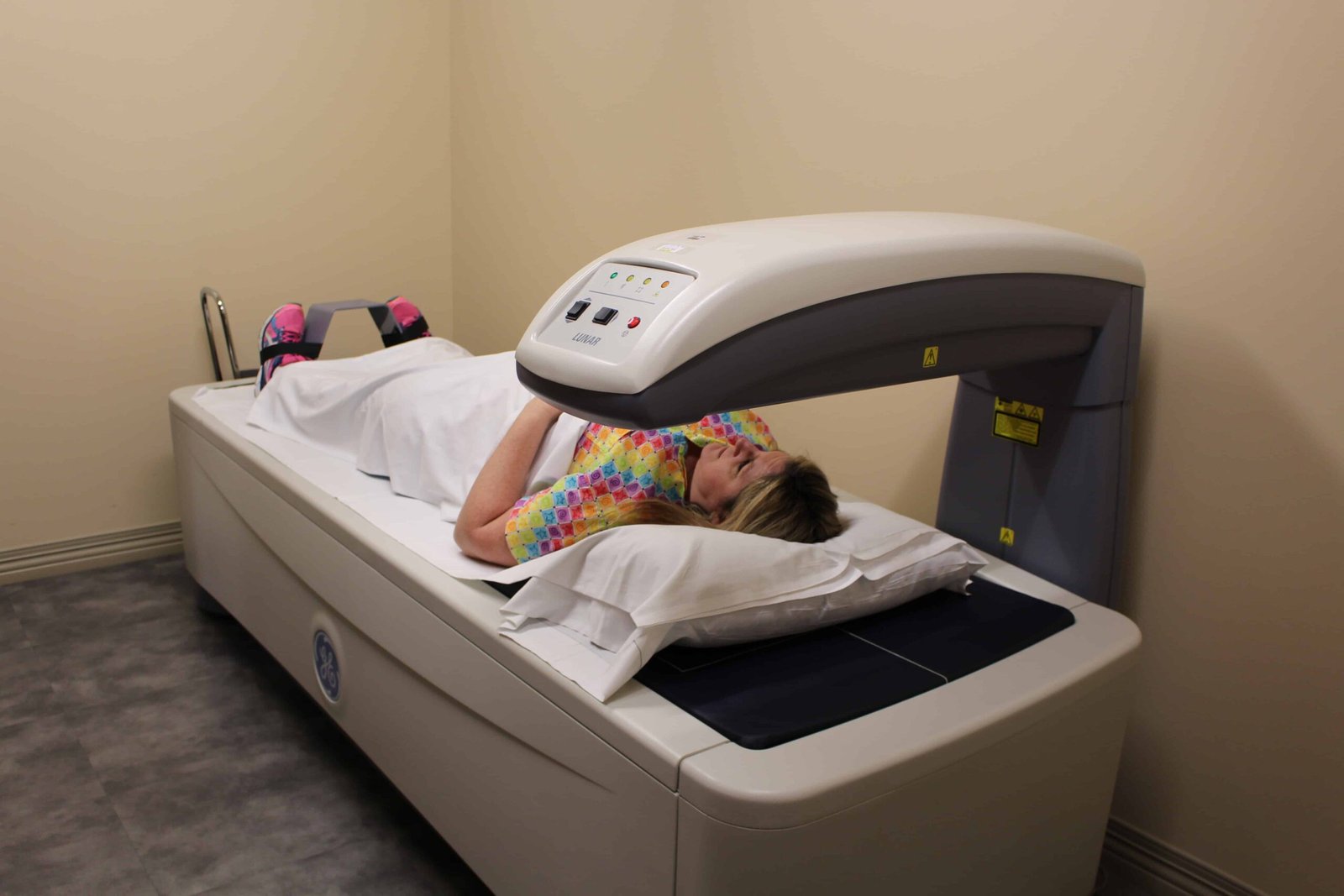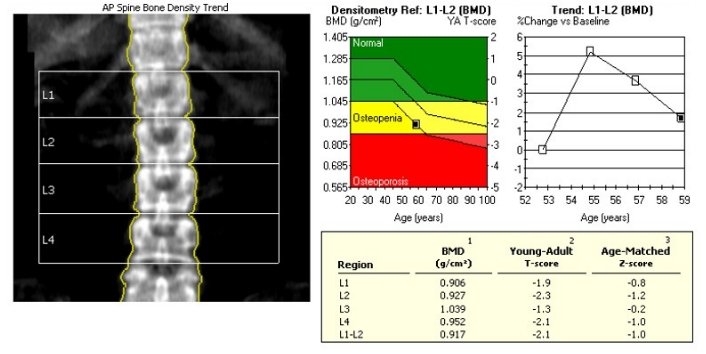Staying strong after 40 is not optional—it’s essential. Start with what you can do, build a routine, and never ignore pain or stiffness.

Maintaining bone health is a critical component of aging well. After the age of 40, especially in postmenopausal women and older men, the risk of bone loss increases significantly. Therefore, early assessment through bone density tests becomes a cornerstone in the prevention of osteoporosis and related fractures. This article discusses the scientific basis, guidelines, and importance of bone density test after 40.
A bone density test, commonly known as a DEXA (Dual-Energy X-ray Absorptiometry) scan, is a painless, non-invasive procedure used to measure bone mineral density (BMD). The test helps determine whether you have osteopenia (low bone mass) or osteoporosis (a more severe loss of bone density), both of which increase the risk of fractures.
DEXA uses low-dose X-rays to produce images of the spine, hip, or forearm. These areas are the most likely to fracture in people with osteoporosis. The test compares your bone density to the average peak bone density of a healthy young adult of the same sex (T-score).
After the age of 30, bone mass naturally begins to decline. However, for many individuals, this loss becomes clinically significant by the age of 40–50. Hormonal changes, especially a drop in estrogen in women and testosterone in men, contribute to this process.
Importantly, osteoporosis is often called a “silent disease” because it progresses without symptoms until a fracture occurs. Hence, relying solely on symptoms to assess bone health can be misleading.
According to the National Osteoporosis Foundation (NOF) and other authoritative bodies:
Lower T-scores are associated with an increased risk of fractures, particularly in the hip, spine, and wrist. As a result, early intervention can drastically reduce the chance of debilitating injury.
Studies have shown that bone density testing followed by appropriate treatment (calcium, vitamin D, lifestyle changes, or medications) can reduce fracture risk by 30%–50%.
Preventive DEXA scanning is also cost-effective in high-risk populations, especially when considering the long-term financial and quality-of-life costs associated with fractures.
For those diagnosed with osteoporosis:
 )
)In summary, bone density testing after 40 is not merely an optional health check — it is a proactive step grounded in scientific evidence. By identifying early bone loss, implementing lifestyle changes, and, if necessary, initiating treatment, individuals can significantly reduce the risk of fractures and preserve mobility well into later years. Therefore, if you are over 40 and fall into any high-risk category, consult your healthcare provider to discuss and get a DEXA (bone mineral test) for you.
for supplements for bone health after 40 click the following link
Best Joint Supplements and Lifestyle Tips for Pain-Free Joints After 40 years
Copyright © 20June 16, 2025 Dr. kanav's Joint Wellness Clinic . All Right Reserved
Leave a Reply